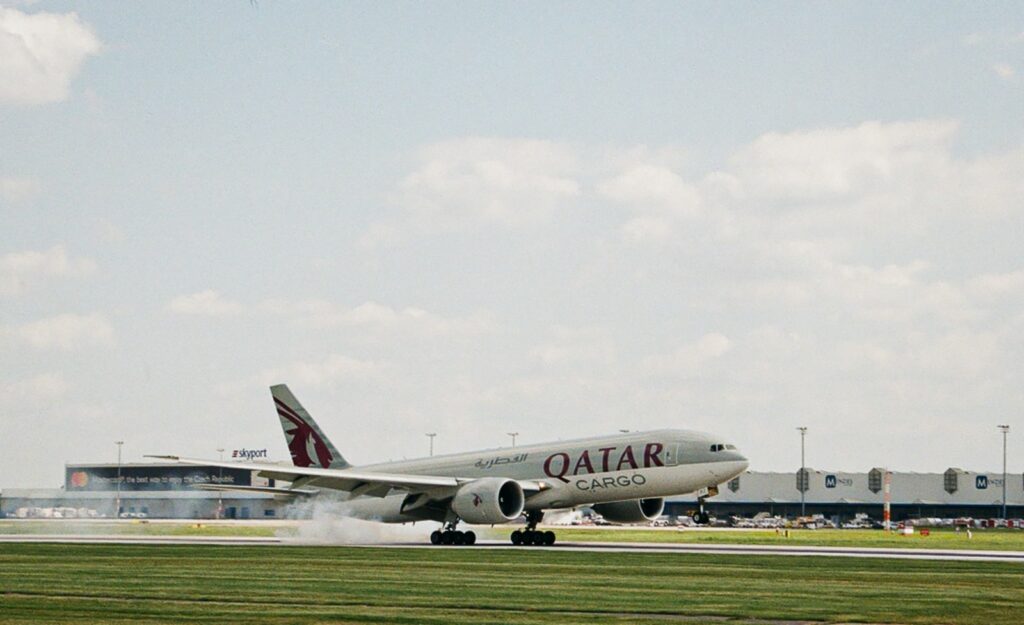Introduction to New Zealand’s Weather and its Impact on Aviation
New Zealand is an island nation situated in the southwestern part of the Pacific Ocean. It has a temperate climate with high humidity, as well as occasional warm front intrusions from Australia and cooler southerlies from Antarctica. As an island nation, New Zealand’s weather is highly volatile and can have a significant impact on the aviation industry. This article will provide an overview of New Zealand’s weather and the ways in which it affects the aviation industry.
Impact of Weather on Aviation Routes
New Zealand’s weather patterns can cause unpredictable fluctuations in air pressure and air temperature, thereby disrupting the smooth running of commercial flights. In particular, strong winds can cause delays to flights as they make it difficult for aircraft to take off and land safely. Low visibility and poor visibility can also impede pilots’ ability to identify and navigate their route safely.
The volatility of New Zealand’s weather can also lead to unplanned changes in routes. Rising winds can force aircraft to fly at higher altitudes, resulting in longer flight times. High levels of precipitation can also force pilots to take longer, circuitous routes or even to cancel or delay flights.
Main Weather-Related Hazards for Aviation
New Zealand’s weather poses a number of significant risks to aviation safety. The main weather-related hazards include:
- Thunderstorms – Thunderstorms can result in turbulence, sudden shifts in wind direction and intensity, significant changes in air temperature, and lightning strikes.
- Low-Level Wind Shear – Low-level wind shear is a phenomenon in which wind speed and direction rapidly change over a short distance. It poses a risk to aircraft due to their decreased level of control over their speed and direction.
- Hail – Hail can cause flight delays and cancellations, as well as damage to aircraft.
There are a number of other weather-related hazards that aviation professionals must be aware of, such as snow, fog, sandstorms, and strong winds.
Conclusion
New Zealand’s weather has a significant impact on the aviation industry. Fluctuations in air pressure, temperature, and wind can cause disruptions to flight schedules and pose a risk to aviation safety. In order to minimize risk and disruption, New Zealand’s aviation industry must remain vigilant and take measures to be aware of and mitigate any weather-related hazards.
Moreover, awareness and preparation are key to increasing safety. Pilots must ensure they are familiar with the latest weather patterns and trends, as well as being aware of the most common weather-related hazards. In addition, aircraft must undergo regular maintenance checks to ensure they are equipped and prepared to handle any weather-related difficulties they may encounter.
With these measures in place, New Zealand’s aviation industry can continue to provide safe and reliable services to its passengers and local communities.

